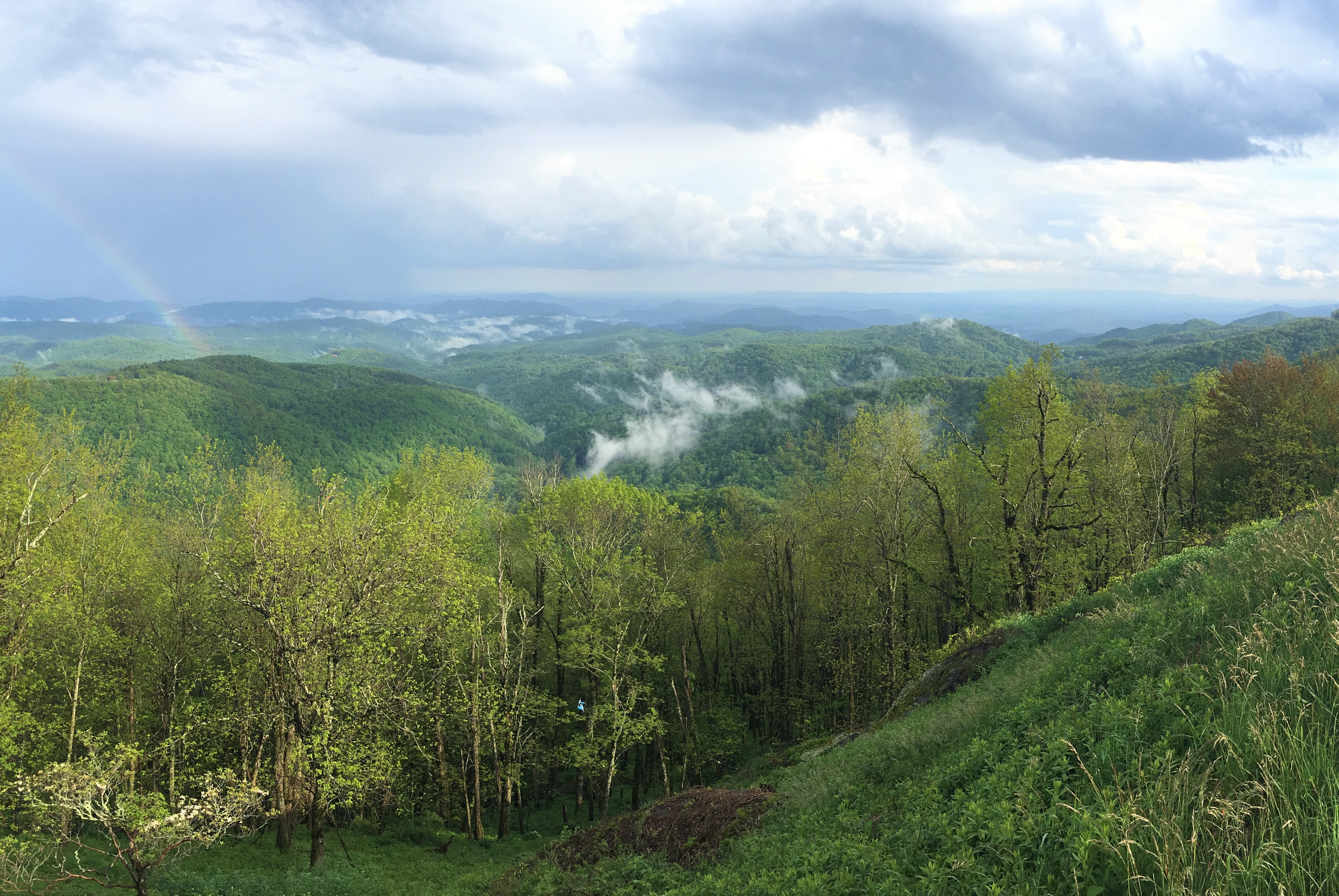The parks, greenways, trails, and overlooks that you love in North Carolina are not there by accident. They are the result of careful, consistent and dedicated conservation efforts happening every day throughout North Carolina. These places are protected in large part because of partnerships between land trusts, government agencies, and lawmakers who appropriate money to fund land and water conservation through the State’s Conservation Trust Funds.
A total of $1.24 billion has been given towards worthy land, water, farmland, and park projects through the Clean Water Management Trust Fund, Parks and Recreation Trust Fund, and the Agricultural Development and Farmland Preservation Trust Fund. ?
If conservation organizations are able to continue our work to preserve the diverse beauty of North Carolina communities – from the rolling mountains of the Blue Ridge Parkway all the way to the sandy dunes of the Atlantic coast – we need you to join us. Take a stand as an advocate for land and water conservation and help conserve the places you’ll love for life. ?
Many land trust-protected properties on our map have been protected thanks to funding awarded by the Clean Water Management Trust Fund and Parks and Recreation Trust Fund. While you’re out discovering the beauty of No. 21 Waterrock Knob; No. 23, The Orchard at Altapass; or No. 105, Springer’s Point Preserve, remember that public funds made it possible for these places to stay wild and green.
Money from the trust funds don’t simply go toward acquiring conserved lands, but it also goes to the continued upkeep and maintenance required. ? Without adequate and consistent funding, park staff will not be able to maintain the infrastructure of already existing parks and recreation areas.
We need your help to continue conserving properties like these.
Join this growing movement. We need you to remind your elected officials that land and water conservation is a priority. ?
North Carolina voters believe land and water conservation are important assets. 77% of registered voters say that protecting the forests is important and 78% say that protecting fishing and wildlife is important. If you agree, now is the time to add your voice to an important cause. Help us cut through the noise surrounding our local lawmakers with a single, resounding cry: Conserve North Carolina Lands.
So many things that we can accomplish in our lifetime are fading – but the land can be forever. If, as North Carolina residents, we want to continue to enjoy the beauty that surrounds us every day, we need to unite and advocate for that beauty. Speak up for the conservation issues close to your heart.
If we’re not already connected through email, join our action alert network and be notified when we need you to join with us in our mission to protect North Carolina’s diverse beauty and stand with us.










